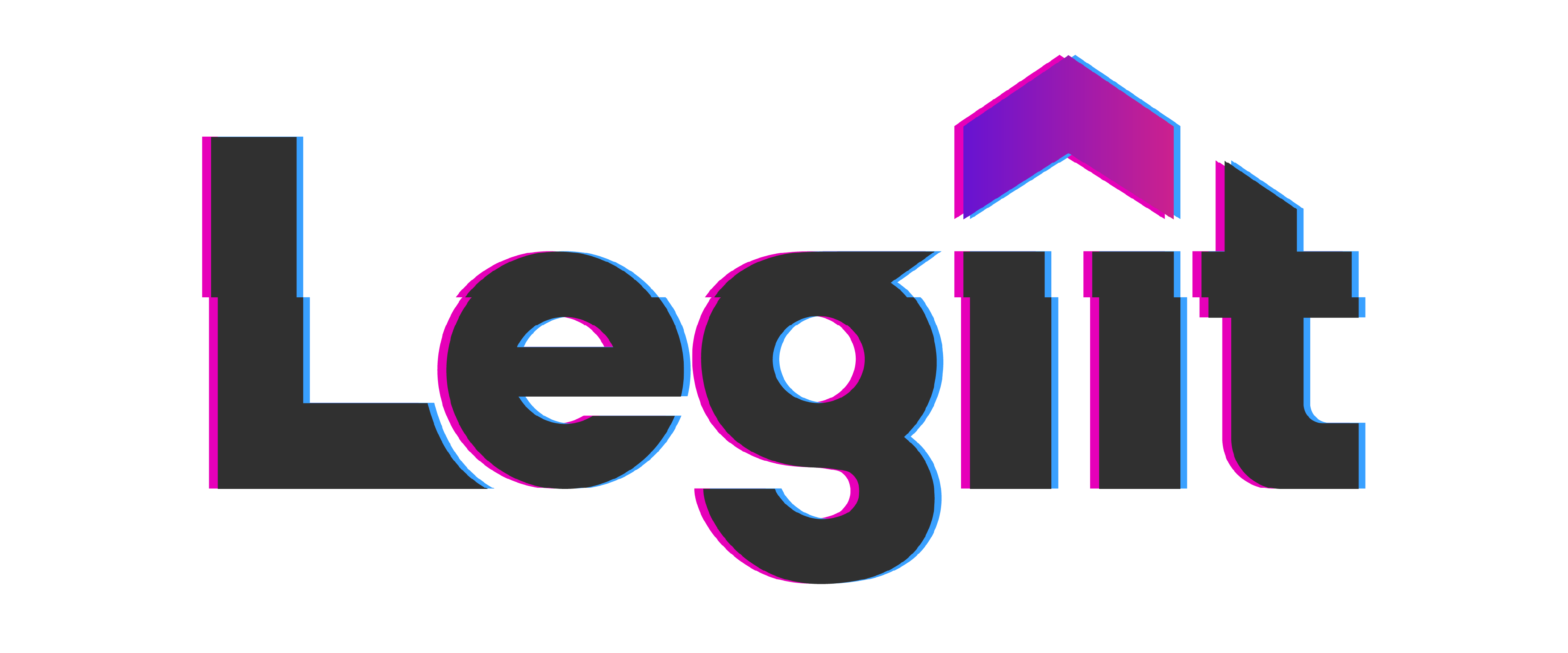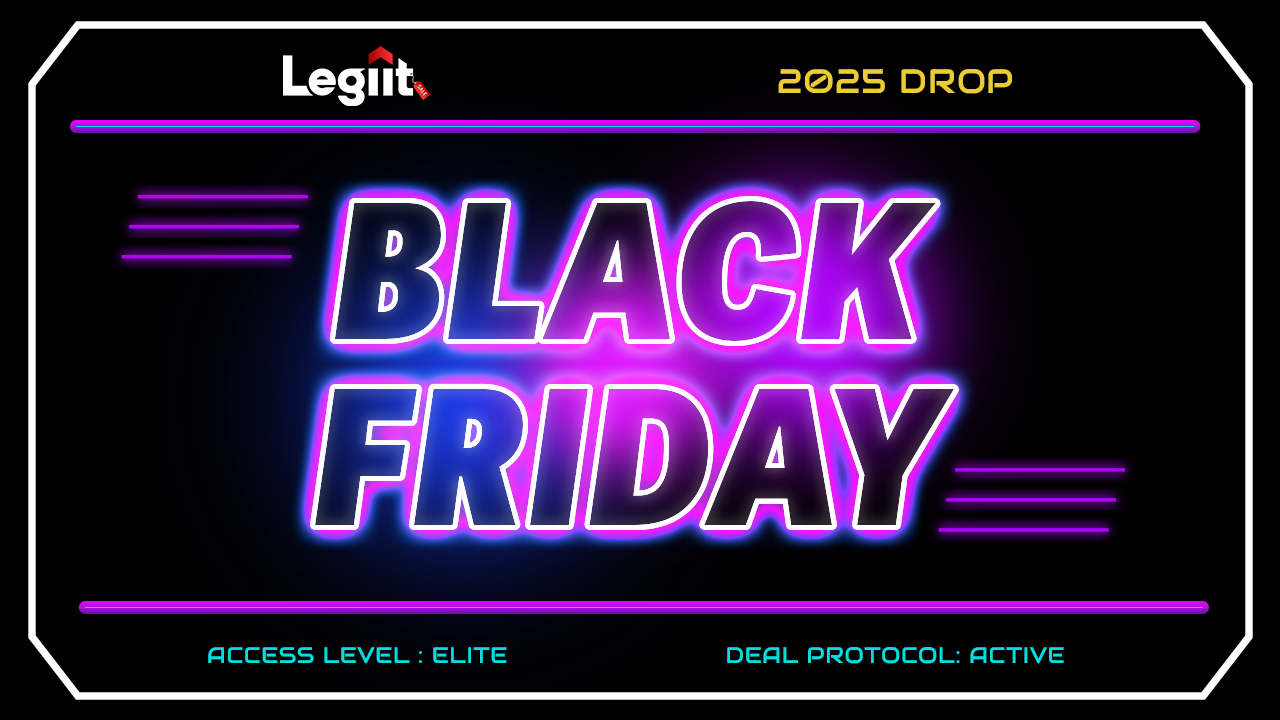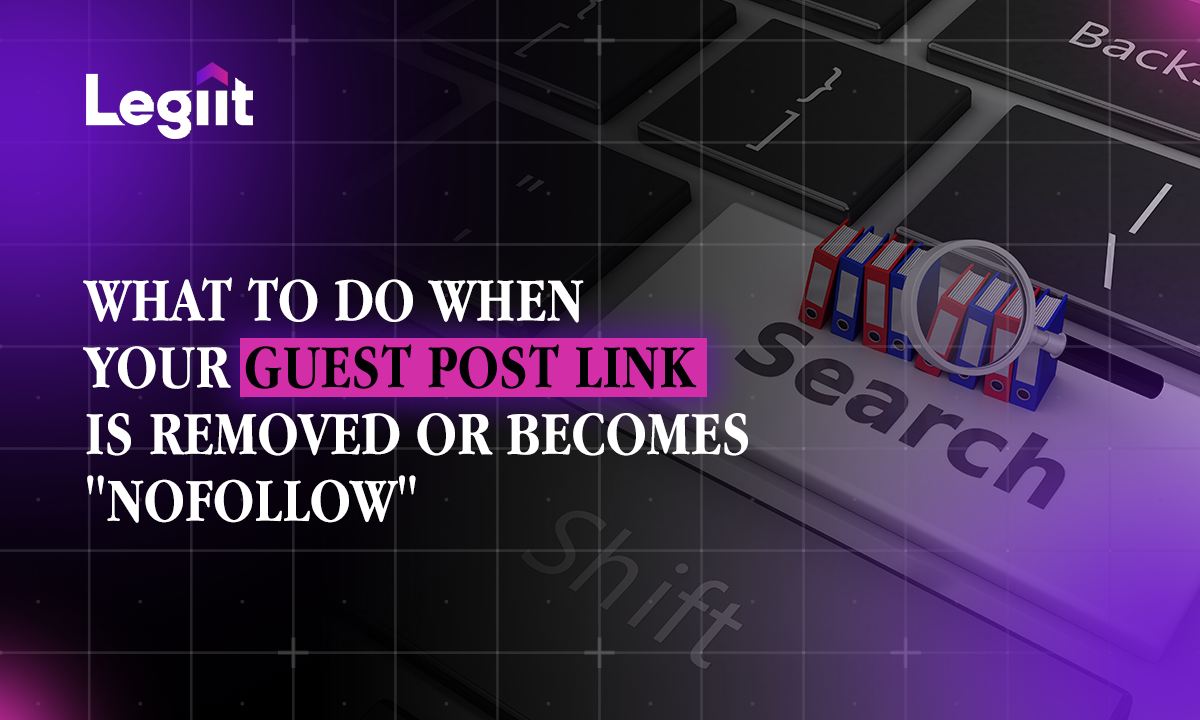Learn 15 ways, from guest posting to Wikipedia, to build links for higher rankings in this practical guide.
With the constant change to search engine algorithms, you need link building strategies that can stand the test of time. That is what you'll get in this article.
Here, I'll discuss the evergreen tactics — as well as the NEW, advanced link building tips.
Let's dive in.
How to Link Build for SEO
The shortcut to mastering link building is to know that regardless of the strategy, every site linking stems from 3 broad classifications:
- Earned links
- Requested links
- Added links
Earned Links
Like the name, these backlinks are earned — no pitching, zero outreach required. They are also called editorial backlinks. And IMO, they are the only high-quality inbound links that pass Google’s link spam policies test 100%.
So, what are earned links?
Earned links are what you have when the links pointing to your site are there without outreach. How is that even possible?
One word: natural link building…
Here is a quick summary of how that works:
Niche-based asset > perceived value > other websites link to you
In natural link building, you'll build high-quality linkable assets — content, online tools, resources, or statistics pages. Then, other websites will link to your "asset" for its value to their audience.
Note: while natural link building gets results, it takes time. But with targeted, value-based outreach, you can reduce the timing.
Examples of assets that naturally attract links:
- In-depth guides — e.g., Brian Dean's post on the Skyscraper Technique, our free course on How to Make Money on Legiit
- Industry studies and surveys that require original research & data — e.g., SEJ's (Search Engine Journal) State of SEO, AIRA's State of Link Building
- Online tools — e.g., Ahrefs Backlink Checker, CoSchedule Headline Analyzer
Learn how to earn links like a pro
Requested Links
If you’re a newbie to backlink building, this link type is probably the one you know. It involves pitching and outreach — directly asking for a link from a website owner. And there’s nothing wrong with the approach — when done right.
In fact, requested links are the OG links — how most SEOs build inbound links.
Rough sketch of requested links done right:
Find a problem > solve it > pitch the solution for a link
The effectiveness of requested links is not assured like earned links. But you can change such outcomes with targeted campaigns. Here is how:
- Niche down your campaigns
- Create value-based outreach
- Set outreach targets by quality, not quantity
But what will you ask website owners to link to?
- Infographics and other visual assets
- Independent studies based on unique data and original research
- Case studies
- Ebooks and long-form guides
Note: often, requested links come with compensation — in cash or kind. Unfortunately, that's what spammy link building techniques entail.
The way out: hire link builders to leverage their relationships.
Added Links
If requested links are the "commonest," added links are the "easiest" backlinks. How so?
Like the name, added links (also called user-generated links) are backlinks you add to another's website manually. Hence, "manual links."
You don't need the website owner to do anything to generate links here.
Note: hacking another's website to insert backlinks to your site is a black hat strategy. It is not only a tactic major search engines frown on; hacking is borderline illegal. If you continue, your pages might be temporarily removed from Google search results.
With the nature of added links being built, they are not as effective for SEO as editorial and requested links. Why?
- The core of link building is having other websites point to you — not manually adding the backlinks to endorse yourself.
- Other websites pointing to you is similar to vote counts
- The more counts you have, the more authority search engines attribute to your pages
Added links violate those basics. The source of the links doesn't even help the case — they are often low-quality sites such as forums and directories.
Here are other places people manually add links to:
- Social media profiles
- Blog comments
- User profile pages
Are added links bad for SEO?
No.
SEOs actively build profile and blog comment links. They must be working — even if the effect is almost insignificant.
Now, you understand the basics. Let’s see the specific strategies SEOs use for link building website.
10 Best Link Building Strategies for Higher Rankings
Guest Posting
Backlink type: requested links

Guest posting (also called guest blogging) means to write on someone else’s website. It is one of the common link building strategies.
And while there are concerns about this strategy being spammy, it remains one of the best link building techniques — if done right.
Matt Cutts [former Head of Webspam Team, Google], on "What Google thinks about guest blogging for links," said:
“…really high-quality guest blogging is worthwhile for link building...”

Otherwise, industry giants like Buffer and Hubspot won’t accept guest submissions.
In other words, guest post backlinks are golden.
But remember the keyword: really high-quality guest blogging…
Only that matters if you want to build links for higher rankings.
📌 How can you build high-quality links with guest post? What is even "high-quality"?
- Guest posts on niche-relevant authority websites (with DR/DA 60 scores, at least) — use Ahrefs Domain Authority Checker to confirm that. It's free.

- Don't churn out tons of half-baked content with poor research. Instead, focus on quality, long-form pieces that show your expertise — with E-E-A-T in mind.
Also read: The Best Guest Post Services in 2024
Use HARO
Backlink type: earned links

HARO (Help a Reporter Out) is a free-to-use platform that connects authoritative sources (you) with top bloggers and journalists (potential link placements).
While there is competition for pitches, you can get ahead of other sources on HARO with a paid subscription. With that, you can set keyword alerts and get them even before the query emails are sent.
Why does HARO work?
HARO fulfills the basis of authority building. Here is how:
- Say a journalist is working on a report, the "State of Freelancing," and needs figure-based quotes to back his claims.
- We can supply answers from running Legiit - from a position of vantage, authentic data.
- The journalist's content will then be authoritative and helpful. All that will help readers understand how the world of freelancing is.
- In turn, we'll get a backlink on a well-written asset and will probably get more links in time.
That's natural link building at its best. And all it took was becoming a source and answering questions.
IMO, HARO (and similar platforms) is not only one of the best ways to link build but also the easiest for earning backlinks.
📌 How can you build HARO links?
- Become a source in HARO.
- Upgrade your subscription

- Set keyword alerts

- Pitch your answers > Get a backlink
Target Unlinked Brand Mentions
Backlink type: requested links

IMO, targeting brand mentions is even easier to use for quality link building than HARO. You don't need to answer any questions — the ones you did make people link to you already. Hence, the unlinked mentions.
You only have to message the author of the post or the owner of the website. If they already mentioned you, getting a backlink will be easy.
Also, set Google alerts to stay ahead of mentions.
Note: this backlink tactic only works if you have a following in your industry.
📌 How can you target unlinked brand mentions?
- Use Ahrefs Content Explorer
- Type your brand name and exclude your domain, like in this picture:

- Export the results as CSV; use Screaming Frog’s custom search to find the unlinked mentions.

Create Linkable Assets
Backlink type: earned links

Linkable assets (also called link baits), like the name, naturally attract backlinks. Whether visual, statistical, or a piece of long text, these assets are valuable.
In fact, a linkable asset can be SOOO valuable that a competitor will have no choice but to link back to your tool or guide — or write theirs.
There's one caveat, though:
Linkable assets are time-consuming. Take our Get More Stuff Done tool, for example. It took years to perfect it. Even now, we constantly review it and add new features.
In essence, linkable assets take REAL work to pull off. And it starts from the conception.
- What will be beneficial to your industry?
- What are the folks in your niche using or sending backlinks to?
- Can you leverage trends in your niche?
In the end, the results and backlinks will be worth the stress. Check these proofs:
- State of SEO, 2024 — a recent study by Search Engine Journal already has 576 backlinks

- CoShedule Headline Analyzer — a niche tool for writers has 18k backlinks

Targeted Outreach
Backlink type: requested link

Frankly, no link building campaign is complete without outreach. Even the best tools need outreach to gain ground. Otherwise, no one will know about your acclaimed linkable asset.
And fortunately enough, outreach complements any link building strategy — be it earned or requested backlinks. And you can do it for all your pages.
What is targeted outreach?
Targeted outreach is when you launch link building campaigns for a particular page and keyword. This could be your money or underperforming content.
📌 So, how’s this done?
- Plug your keyword into Ahrefs Keywords Explorer > scroll down to SERP Overview.

- Click on “backlinks” on any of the results to see the linking pages

- Look out for the "referring page" > pitch your outreach messages to the site owners.
Heads up: before asking for a link, build relationships. Ask for a quote or contribution to your content. Otherwise, most website owners will ignore your pitch.
Broken Link Building (BLB)
Backlink type: requested links

Whenever you see the screen above, there is a broken link somewhere. This could be because of a technical error or a defunct landing page.
Either way, you can exploit this mishap to build authority inbound links to your website. How?
Enter BLB…
Broken link building works in three simple (but not so simple) steps:
- Find an authoritative site with broken external links in your niche
- Reach out to the website owners about fixing the issue
- Pitch your replacement page
Why did I say it was not so simple?
Finding broken links is strenuous. You might not even know where to start from.
What pages usually have several external links?
Directories come to mind… huh?
But you can't (and shouldn't) populate your backlink profile with directory backlinks. That is not how to get higher rankings.
So, do better. Hence, use Ahrefs Site Explorer.
Follow these steps:
- Find competing domains — Ahrefs Site Explorer > enter your URL > organic competitors

- Input the URL of one of the competing domains into Ahrefs Site Explorer > Best by links > apply the filters below:

- Scroll through the results to find meaningful articles/pages you can replace like this:

Contact the referring domains (the website owners) about your replacement page.
Is broken link building the same as link reclamation?
Reclamation is when you go after lost or broken links. So, yes, broken link building is link reclamation.
But link reclamation is much more than just finding broken links. It involves fixing ALL improper linking on external websites.
Resource Page Link Building
Backlink type: added/requested links

Resource pages are sites like the one above that curate "useful" content for their audience. And often, these pages link out to other sites — making them "easy" link building prospects.
So, why the added/requested links?
Not all resource pages are alike. Some make adding content as easy as filling out a form, while others require outreach.
If you ask me, I'd advise you to go for the latter (that requires outreach) because they usually have better domain authority.
📌 How can you build high authority resource page links?
- Find the resource pages first using Google search. Use this search string: <”keyword” + “helpful resources''>

- Check through the search engine results for high DA/DR sites
- Check the page and read the resources list to pick the best content
- Craft a personalized pitch to the owner of the resource page. You can use this sample script by Brian Dean:

Competitor Backlink Analysis
Backlink type: requested links

This strategy means targeting the sources of your competitors' quality backlinks. The idea is that if a site/content links to your competitor, they will likely link back to you.
My take:
That a website links to your competitor does not mean it will to you. What if the linking is a reciprocal link?
Is that a thing?
Yes. According to Ahrefs study, 73.6% of websites have reciprocal links.

📌 What should you do?
Target sources that mention your competitors along with similar industry leaders.
Here is how to do that?
- Enter your competitor domain into Ahrefs Site Explorer > Backlinks > check the title of the "referring page" and "anchor and target URL."

- Here is the post:

- Send your pitch to the author or website owner
The chances of getting a backlink from the above post are HIGH if you have a simple and free tool for search engine optimization.
Link Intersect Analysis
Backlink type: requested links

Link intersect analysis (also called backlink gap analysis — if you’re using Semrush) is the same as competitor backlink analysis but more robust. How?
Here, you get to analyze more than a competitor.
📌 How can you do link intersect analysis?
- Go to Ahrefs Link Intersect > input your competing domains (use the list from broken link building) > exclude your URL > "show link opportunities."

Look through the results for niche-relevant, high-authority domains > show domains > reach out to the website owner for a link.

Start a Blog
Backlink type: earned links

Starting a blog is similar to guest posting — the process for keyword research, content writing, and optimization is the same.
The only difference is that the asset (the blog post) will be published on your web pages.
So, how will you get backlinks?
- Find top-ranking articles with Ahrefs Content Explorer

- The idea is to write the best, link-worthy content for your given topic. By "best," I'm talking about adding recent studies, quotes, E-E-A-T factors, and visual content — best if such are pictured steps like in this article.
- Use a content optimization tool like Surfer to make your content better than your competitors.

Don't wait for your blog posts to get links naturally. That might take forever. Do this instead:
Launch link outreach campaigns as soon as you publish the posts.
Further reading: Using Blog Posts to Grow Your Business
Need more recent strategies to boost your content for higher rankings?
Check the new link building tactics below.
5 New Strategies for Higher Rankings
Podcast

Volunteering to contribute to niche discussions via podcasts is one of the recent ways to build natural links to your website. It is much like starting a blog for content marketing.
The only difference is that you’d be leveraging someone else’s audience.
But how can you build backlinks via podcasts?
Writers, bloggers, and reporters need expert quotes to write authoritative, thought-leadership articles. And they often check podcasts for unique views. If you get the nod, your website will receive backlinks.
Include Long-Tail Keywords in Your Title Tags
This strategy is straightforward. But there is a trick to it:
- Including two related keywords (with varying KD) in your title tag
Why?
The idea is that the easier-to-rank keyword will gain momentum in a few weeks. In turn, the organic traffic and backlinks will boost the post to rank for the "difficult keyword."
📌 Does this strategy work?
Yes.
Brian Dean used this strategy to get his post “White hat SEO case study…” to page 1. He combined “white hat SEO’ (difficult-to-rank keyword) with “SEO case study.”

Pro tip: shorten your title tag after ranking for easier comprehension. It wouldn't tank your ranking positions.
Proof: Google search "white hat SEO." It is still no. 5 despite the edited title tag.

Write Long Form Content
Note: there is nothing wrong with short (300-500) articles if they answer a question that needs only direct answers.
Nonetheless, longer articles tend to rank better on search results. Why?
Long form content has more room to house components of E-E-A-T, such as detailed how-tos, examples, comparisons, and opinions.
That said, how long is long enough to rank on search results?
According to a Backlinko study of 11.8M search results, aim for at least 1447 words.

Pro tip: don’t be limited to writing just 1447. Check the average word count of your competitors for target keywords. Use Surfer.
Repurpose Your Old Blog Posts
Don't let your old, evergreen blog posts die down. If they gain traffic once, they can gain some more. So, revisit the articles again.
This time, update the statistics and add more depth. And when you're done, repurpose the content for socials — short summaries and videos.
📌 Why should you repurpose your old content?
Repurposing your old content adds freshness to it. And "content freshness" is one of the factors Google bots consider for higher rankings.

Explore Wikipedia for Broken Links

Before I explain the why and how, know this:
You’ll only get no-follow backlinks with this strategy — but from a high authority website (DR 86).
Like directories, Wikipedia links to several websites. As a result, you'll find dead backlinks in Wikipedia.
Fortunately, the editors don't remove the dead links. Hence, your opportunity.
📌 How does this strategy work?
- Search for dead links on Wikipedia. Use this search string:


- Alternatively, check Wikipedia's archive of dead links

- Replace the dead resource > Reach out to Wikipedia about the replacement
- Lastly, check if the dead resource also has other linking pages > reach out to them too
Recap: How to Do Link Building In SEO
Here’s a quick summary of the strategies discussed so far:
- Get an SEO tool — common examples include Ahrefs and Semrush. These link building tools will simplify your backlink building. Plus, they will provide an audit of your site and suggest the steps to take for higher rankings.
- Pick a strategy — start with any of the 15 tactics discussed in this article. Then, slowly incorporate all of them.
- Monitor and review — always check your rankings and site health. You can use the Legiit dashboard for this.
FAQs About Building Links for SEO
1. How Can I Improve My SEO With Link Building?
Short answer: use the strategies I discussed in this article.
2. Does Building Links Help SEO?
Yes. In fact, backlinks are a ranking factor. So, they matter to SEO. But note that not all links are good.
3. How Does SEO Link Building Work?
Link building works on an upvote system. The more backlinks you receive, the more search engines perceive you as an authority. In other words, links lead to higher rankings.
4. Which links are best for SEO?
Short answer: editorial links — because they are earned.
5. How much is link building in SEO?
There is no straight answer. It depends on what you want.
Nevertheless, expect an average of $361.44 for “niche edit link” and $77.80 for “guest post link” — Ahrefs.













 Download
Download